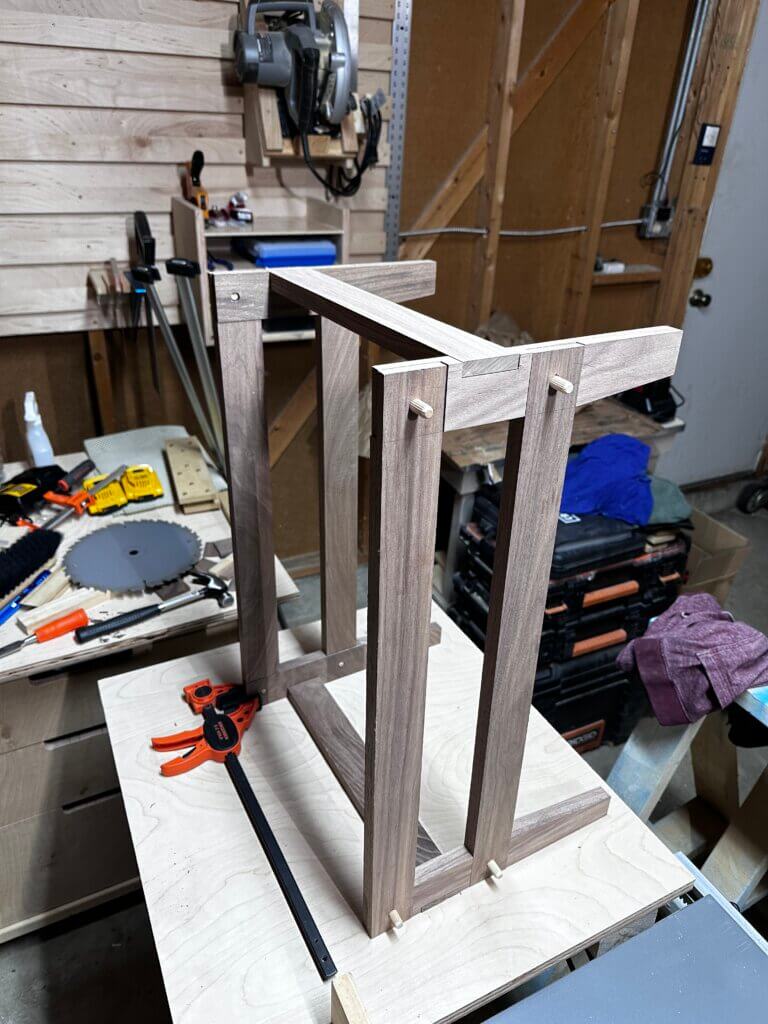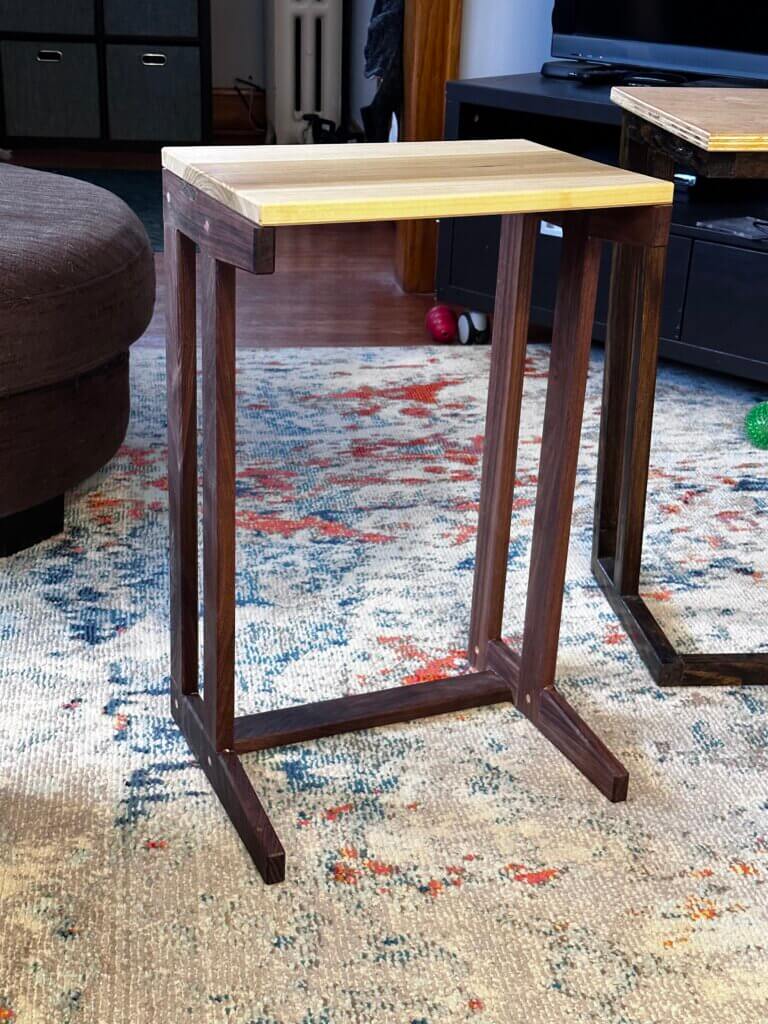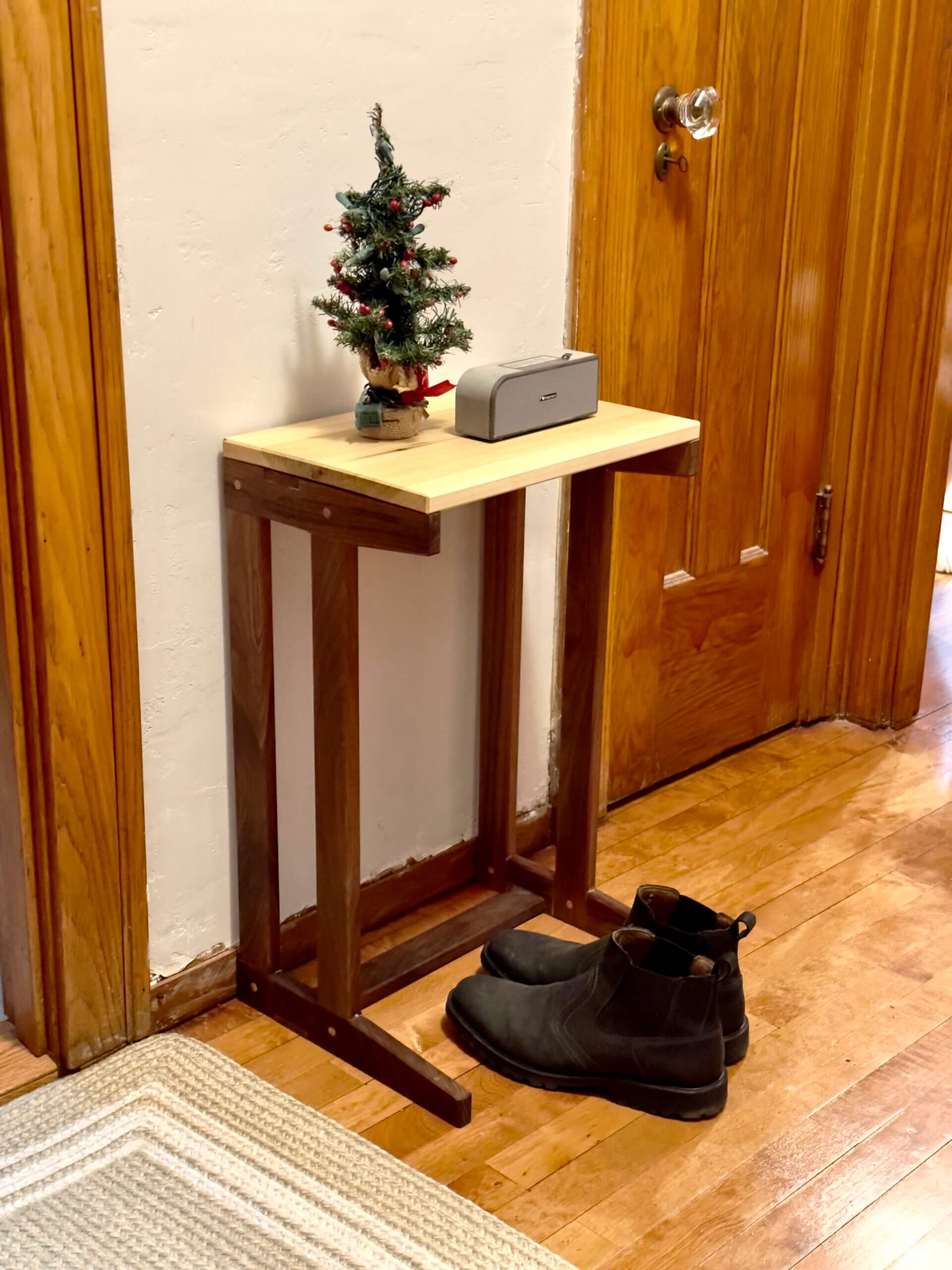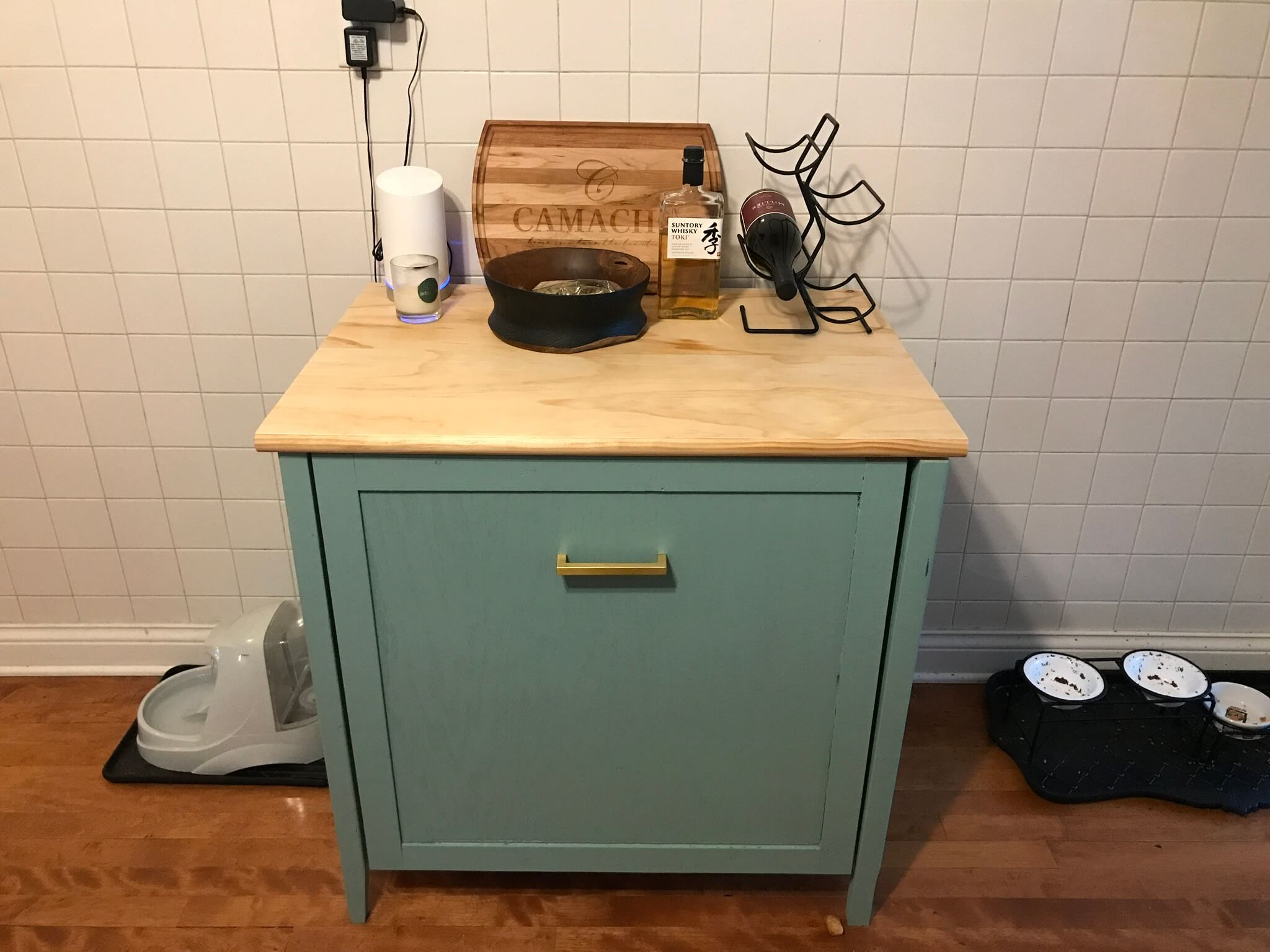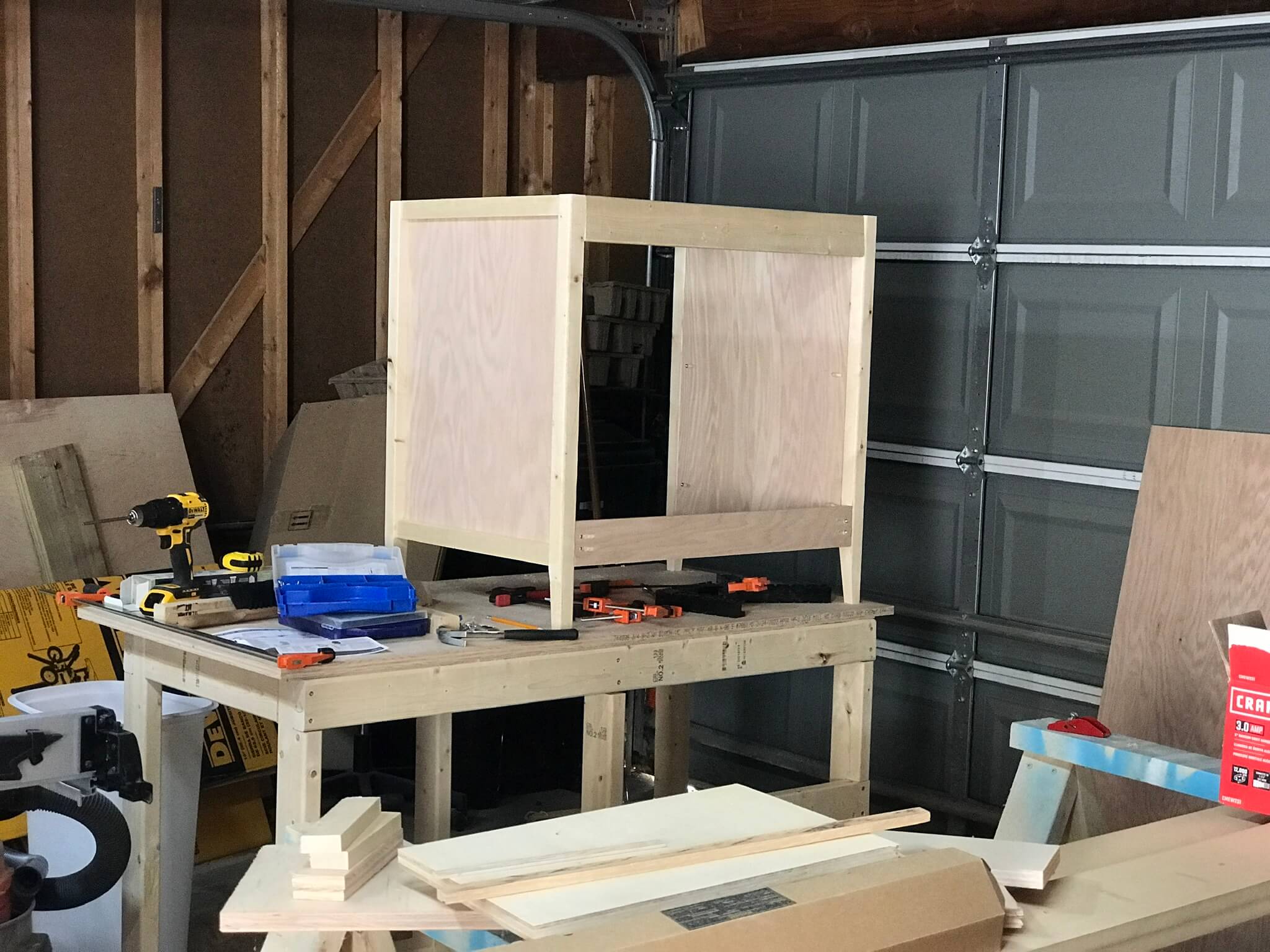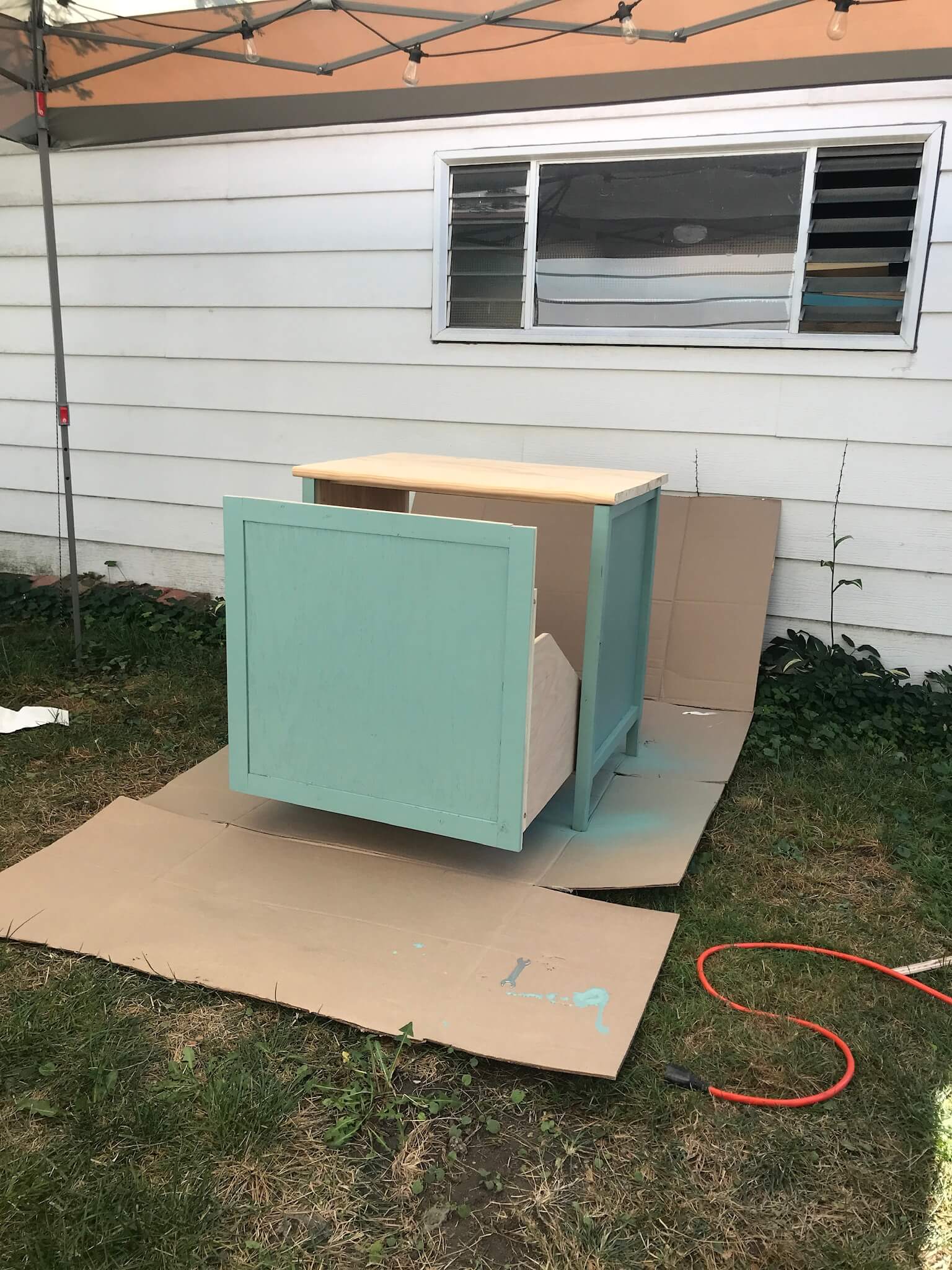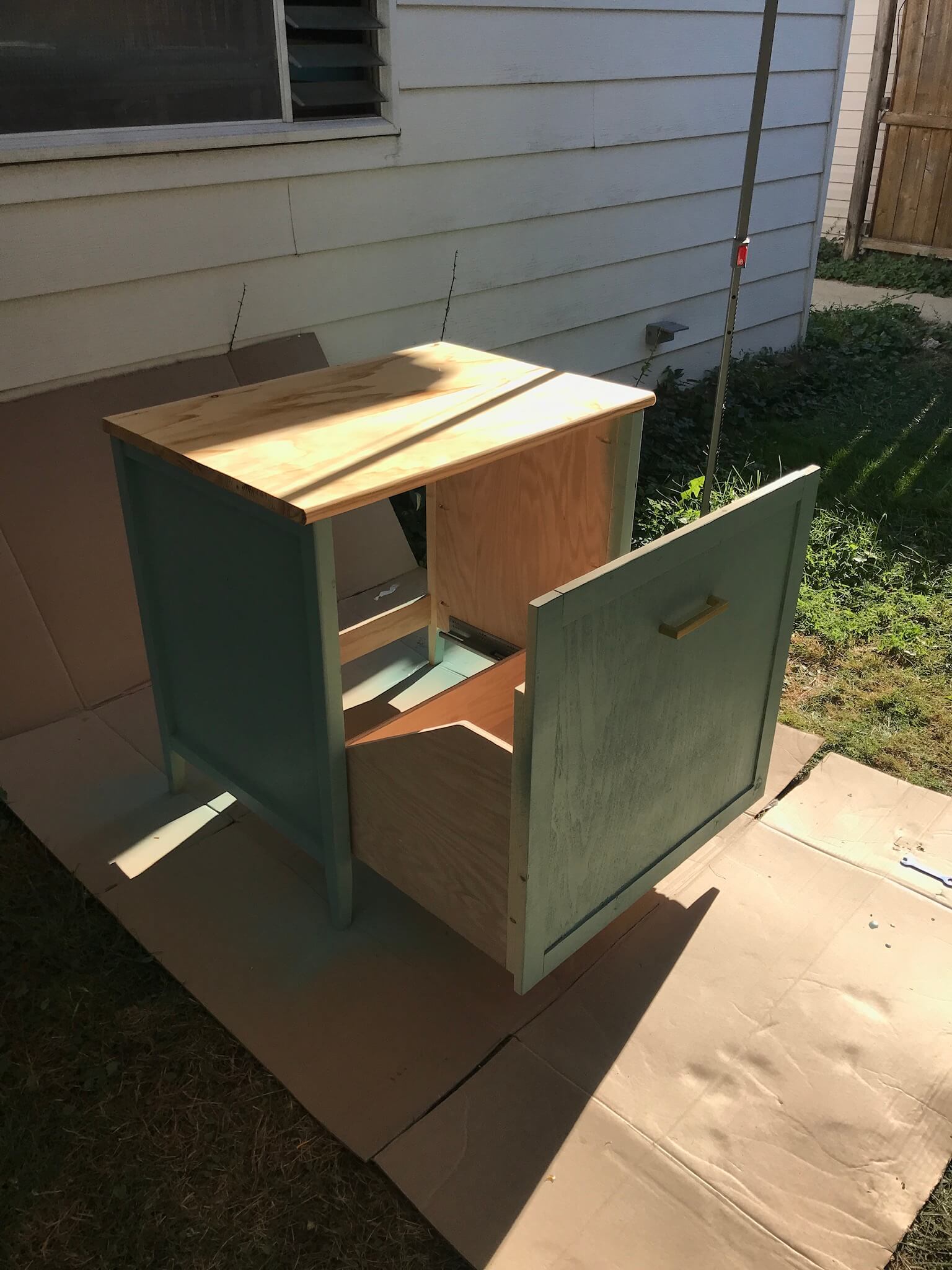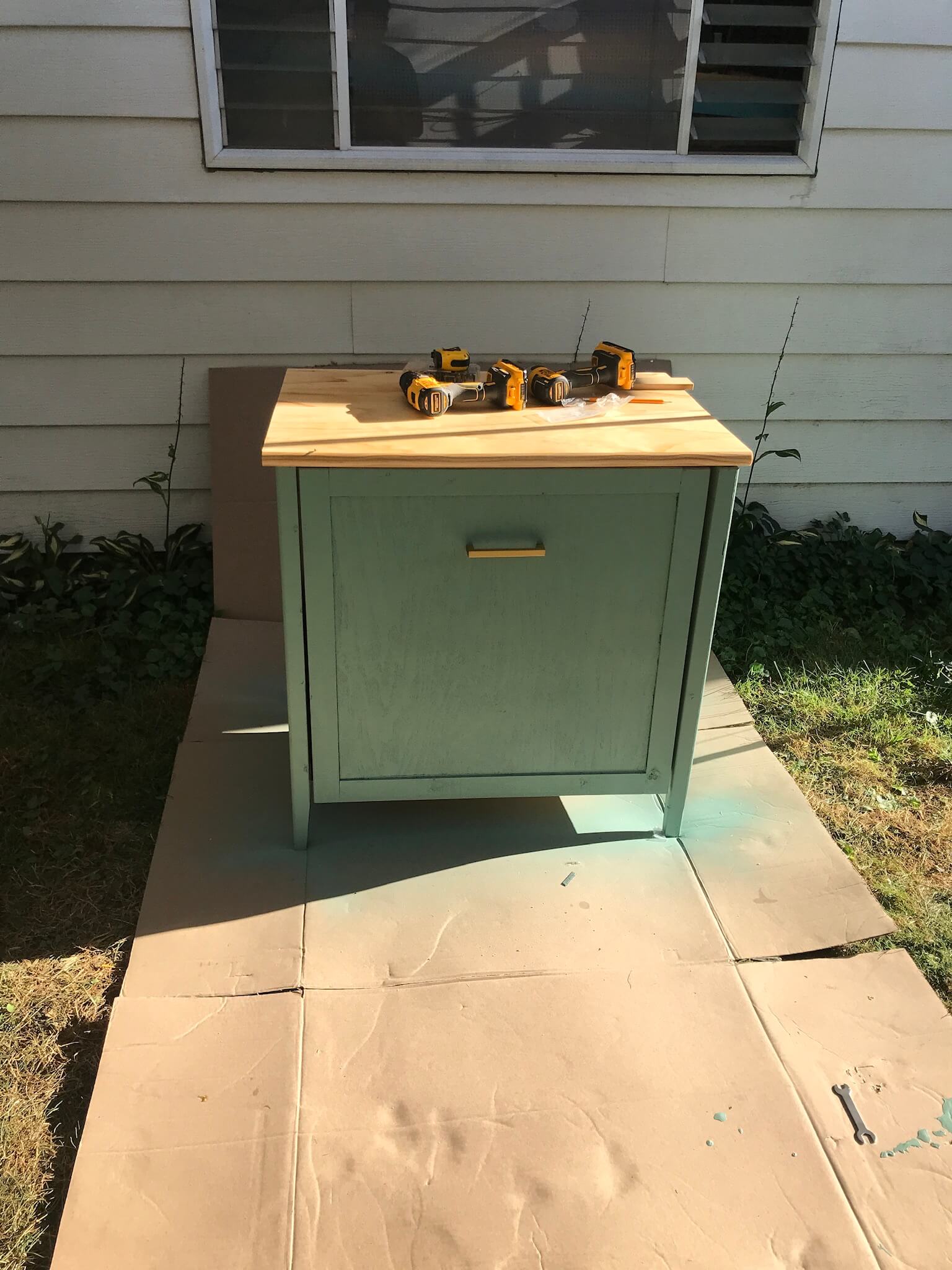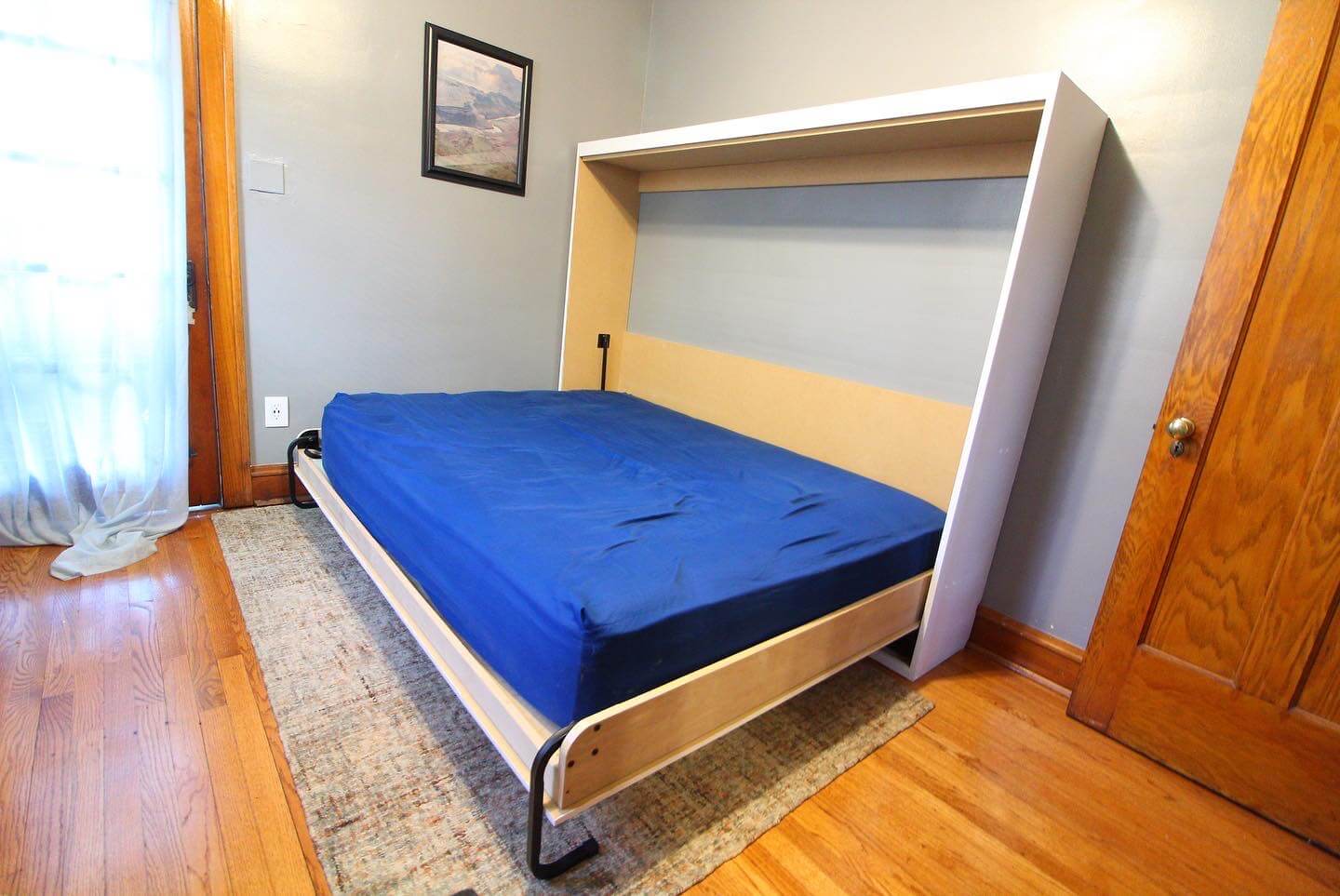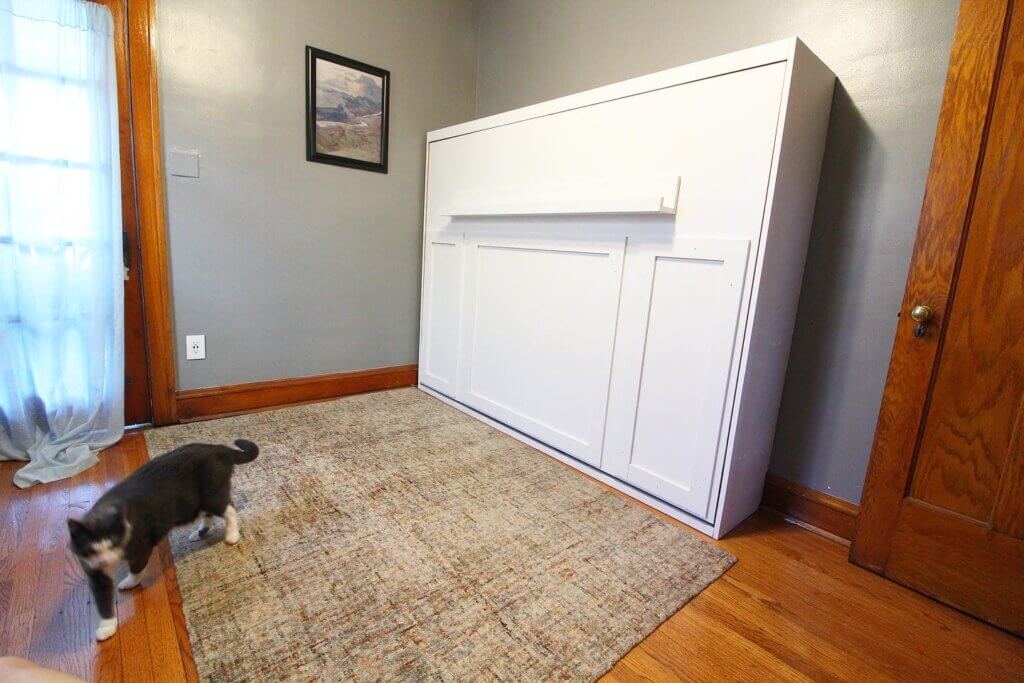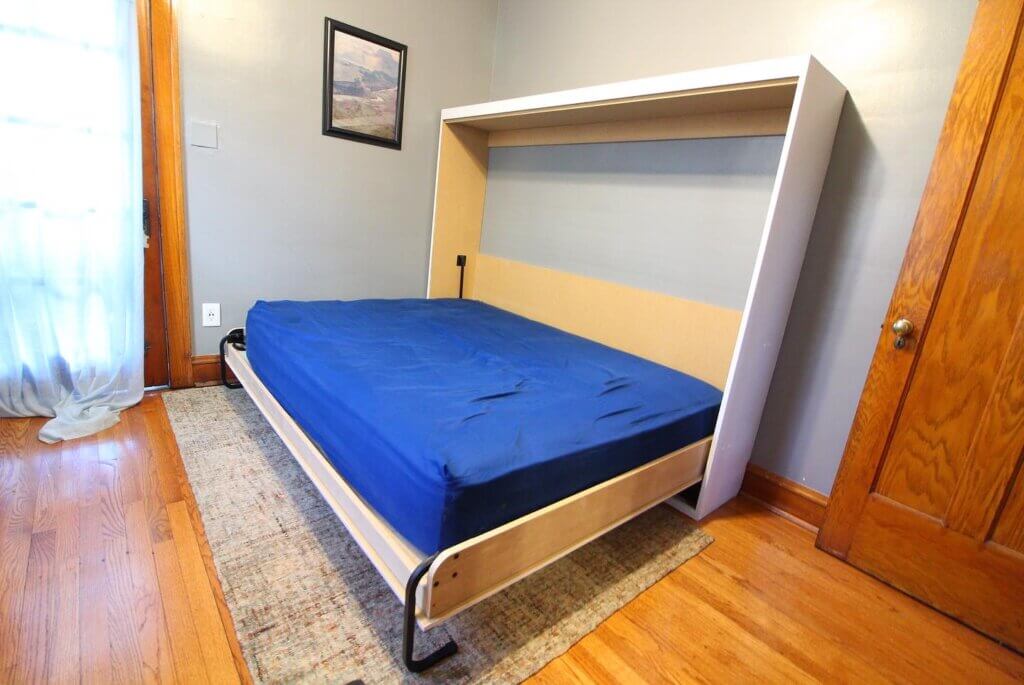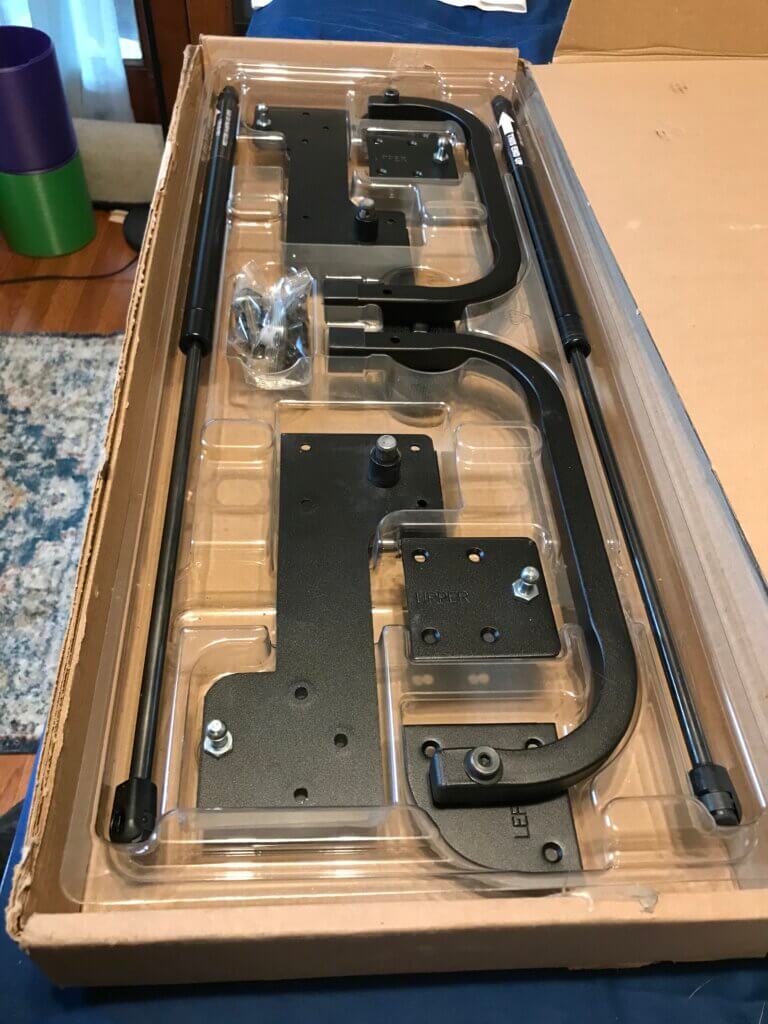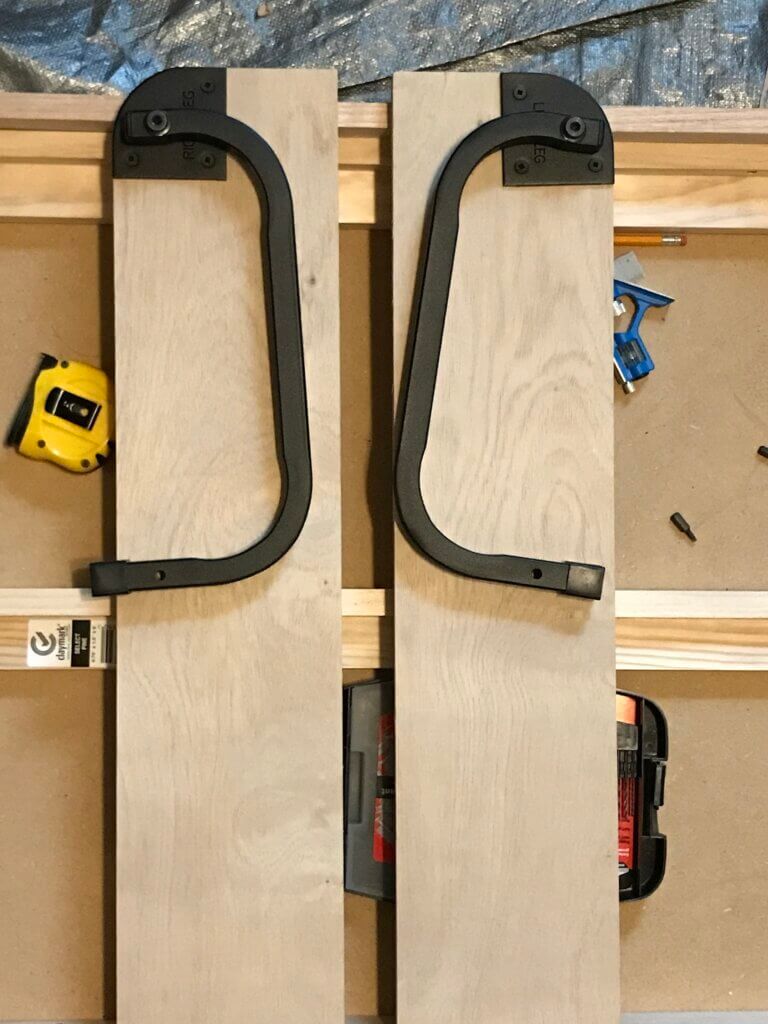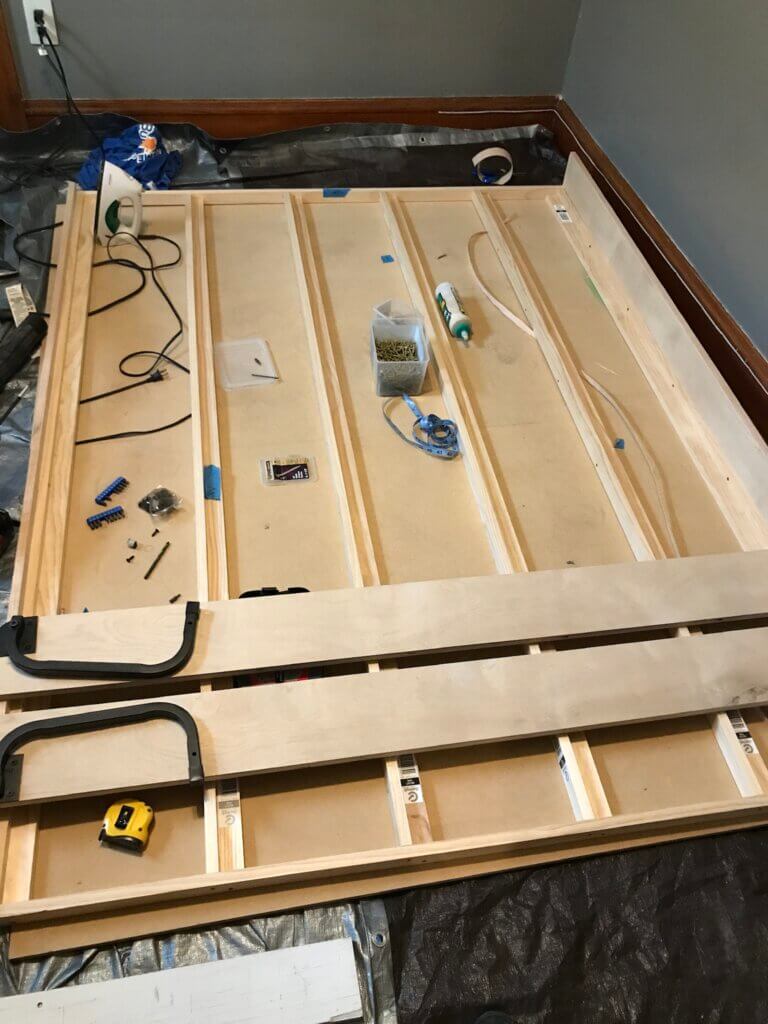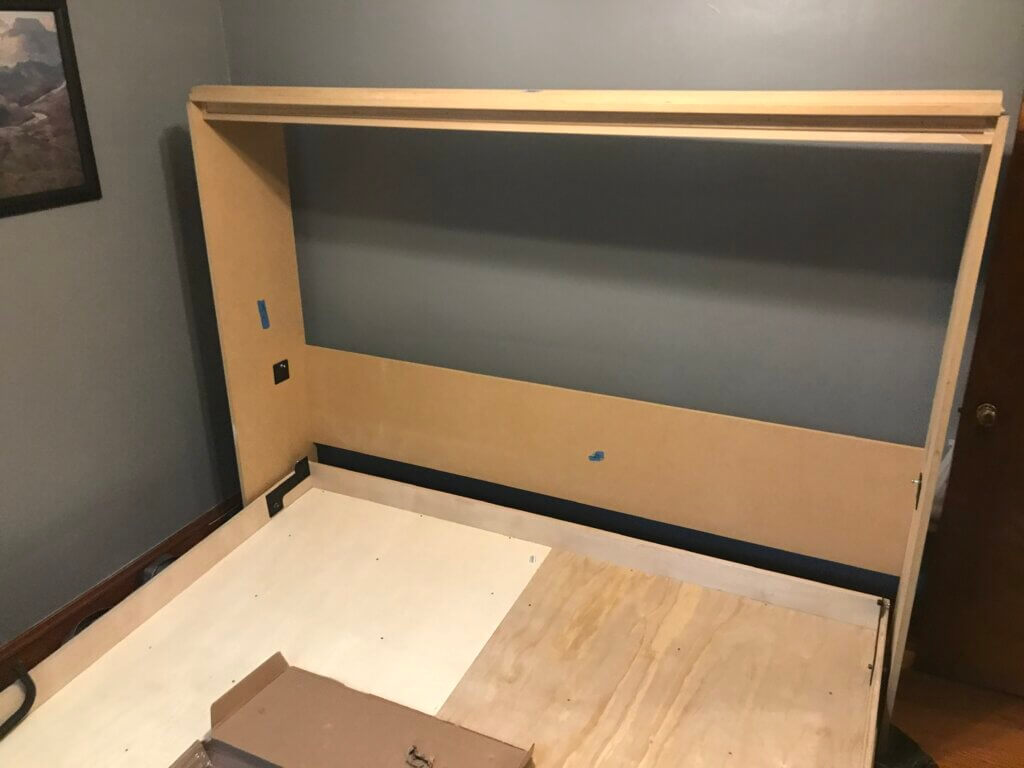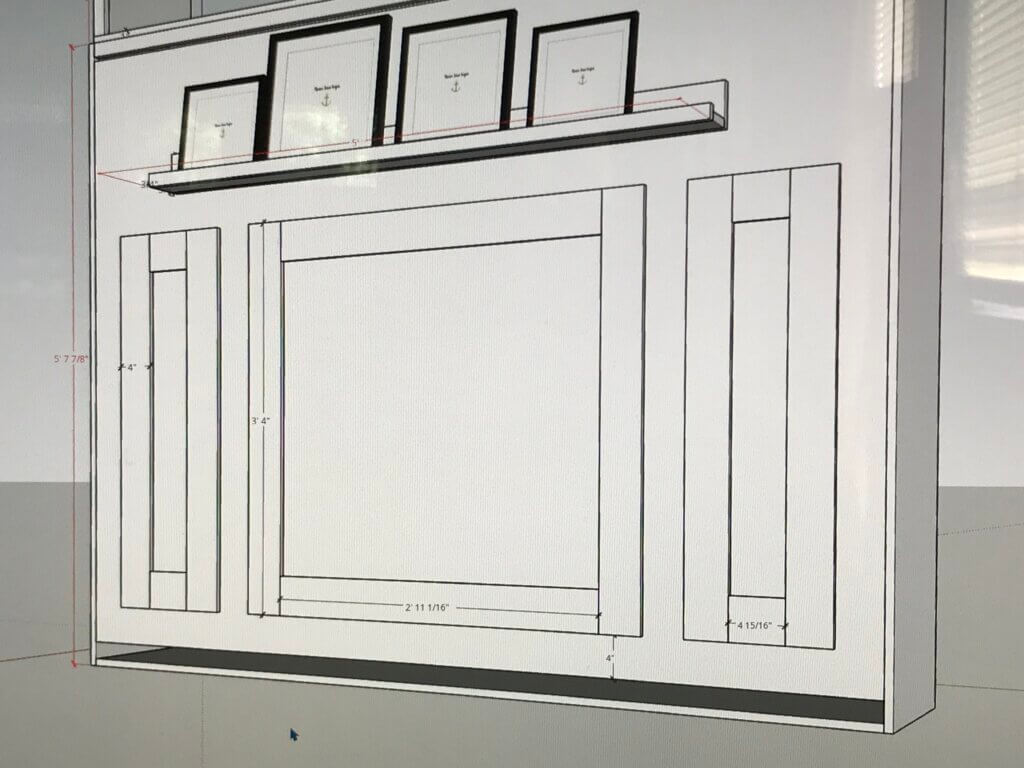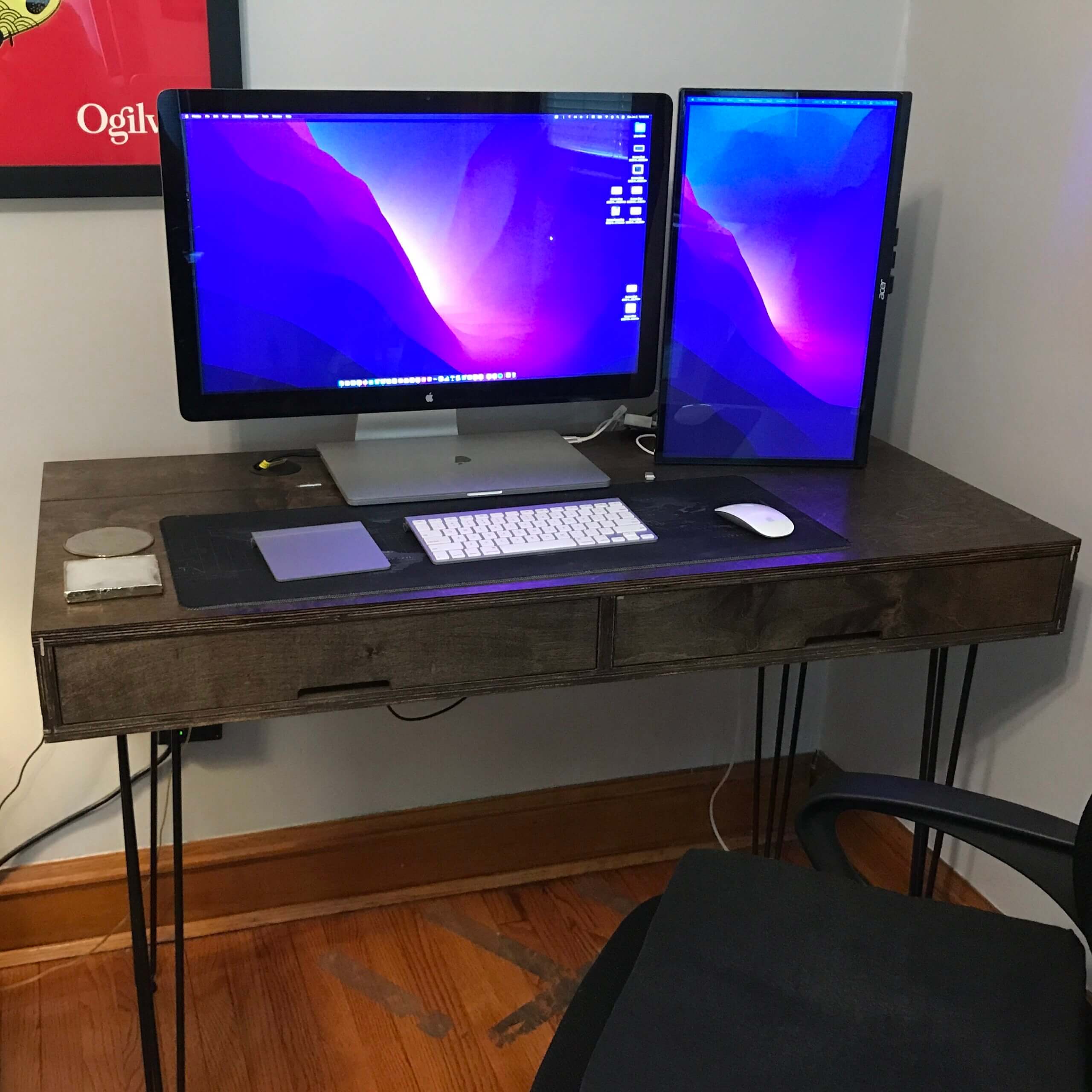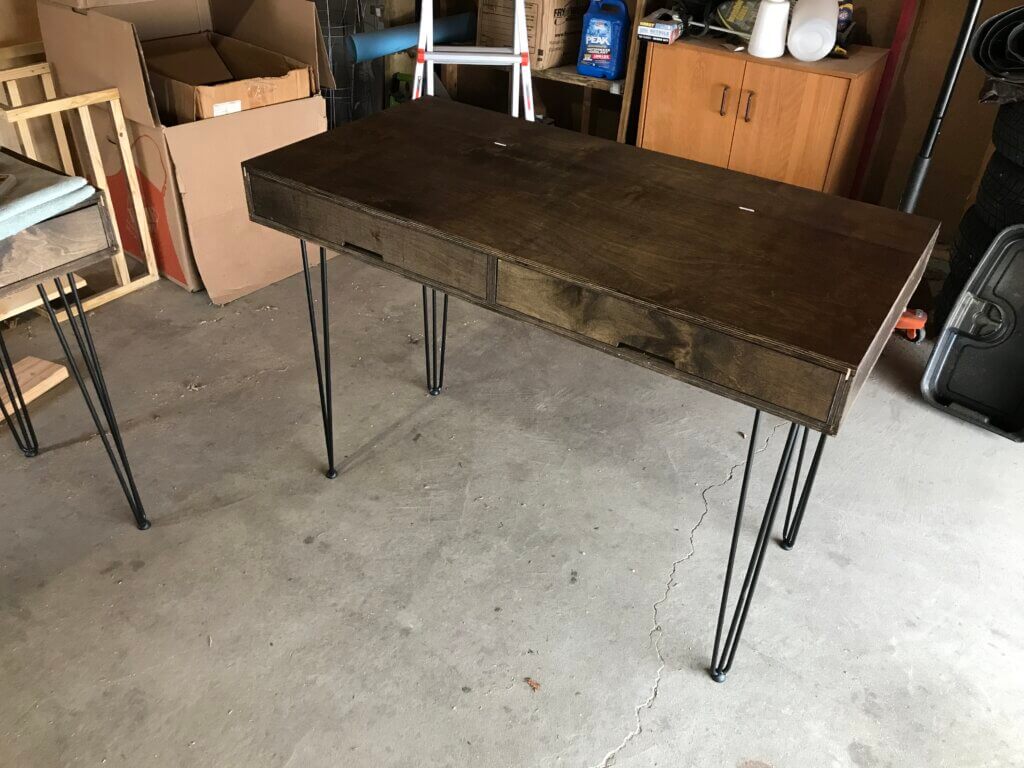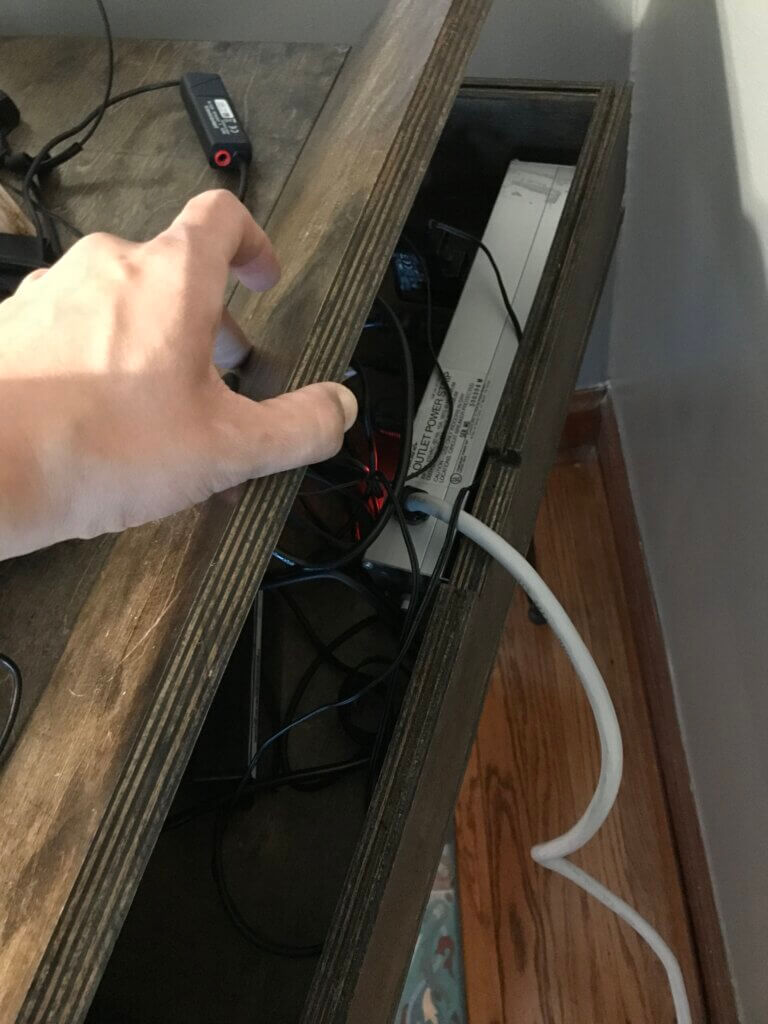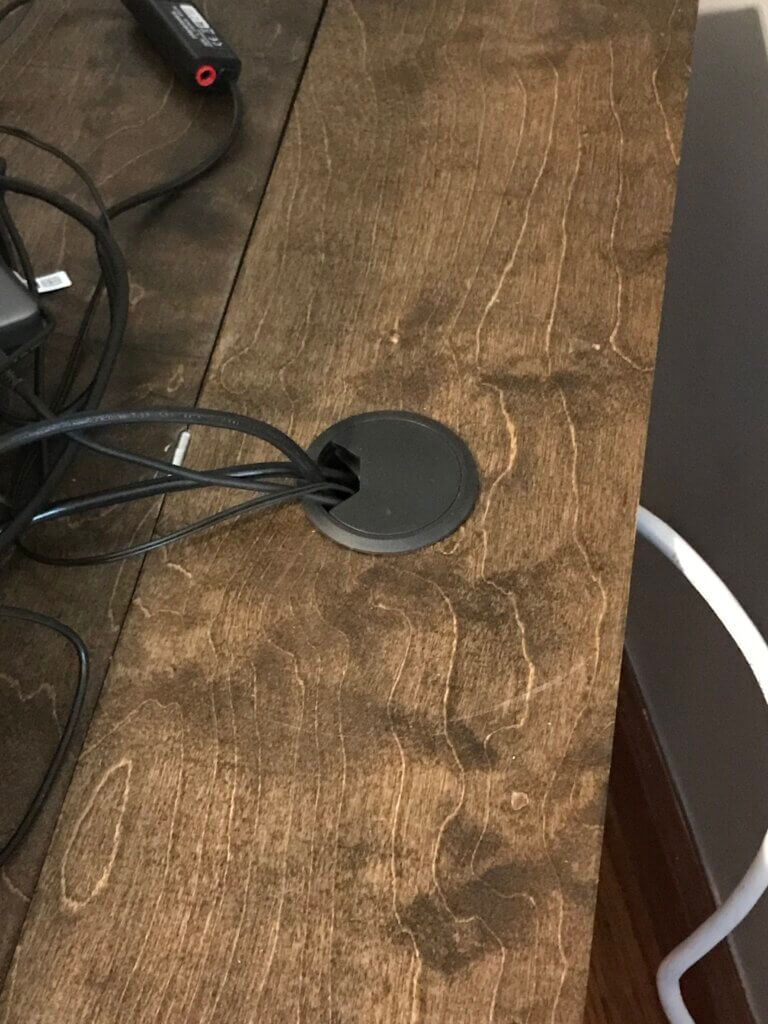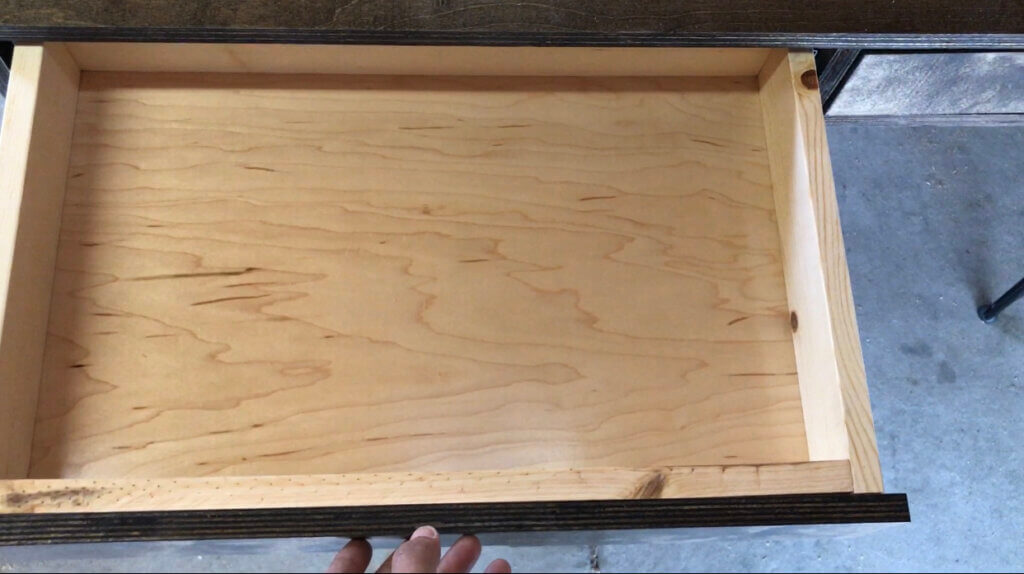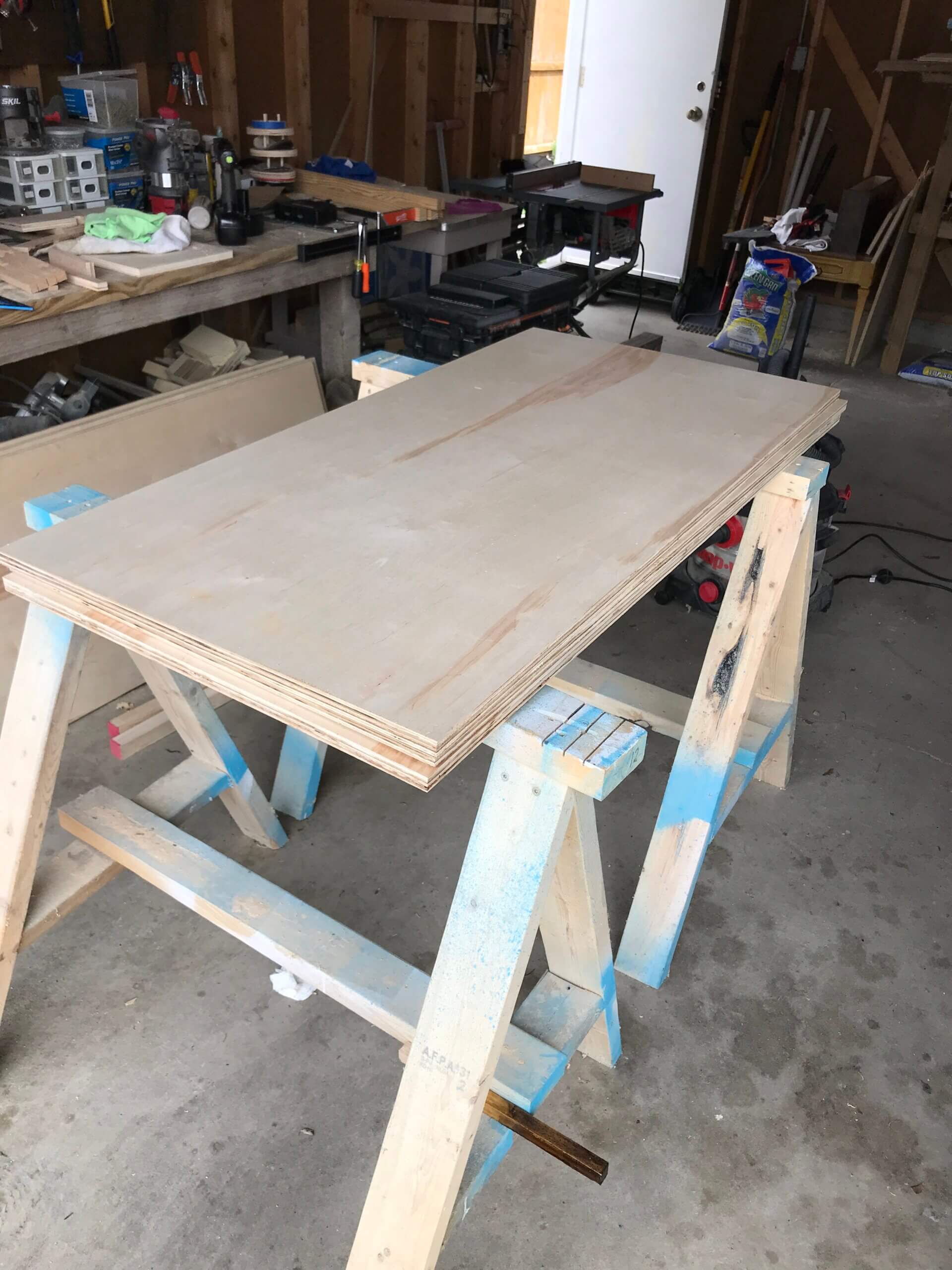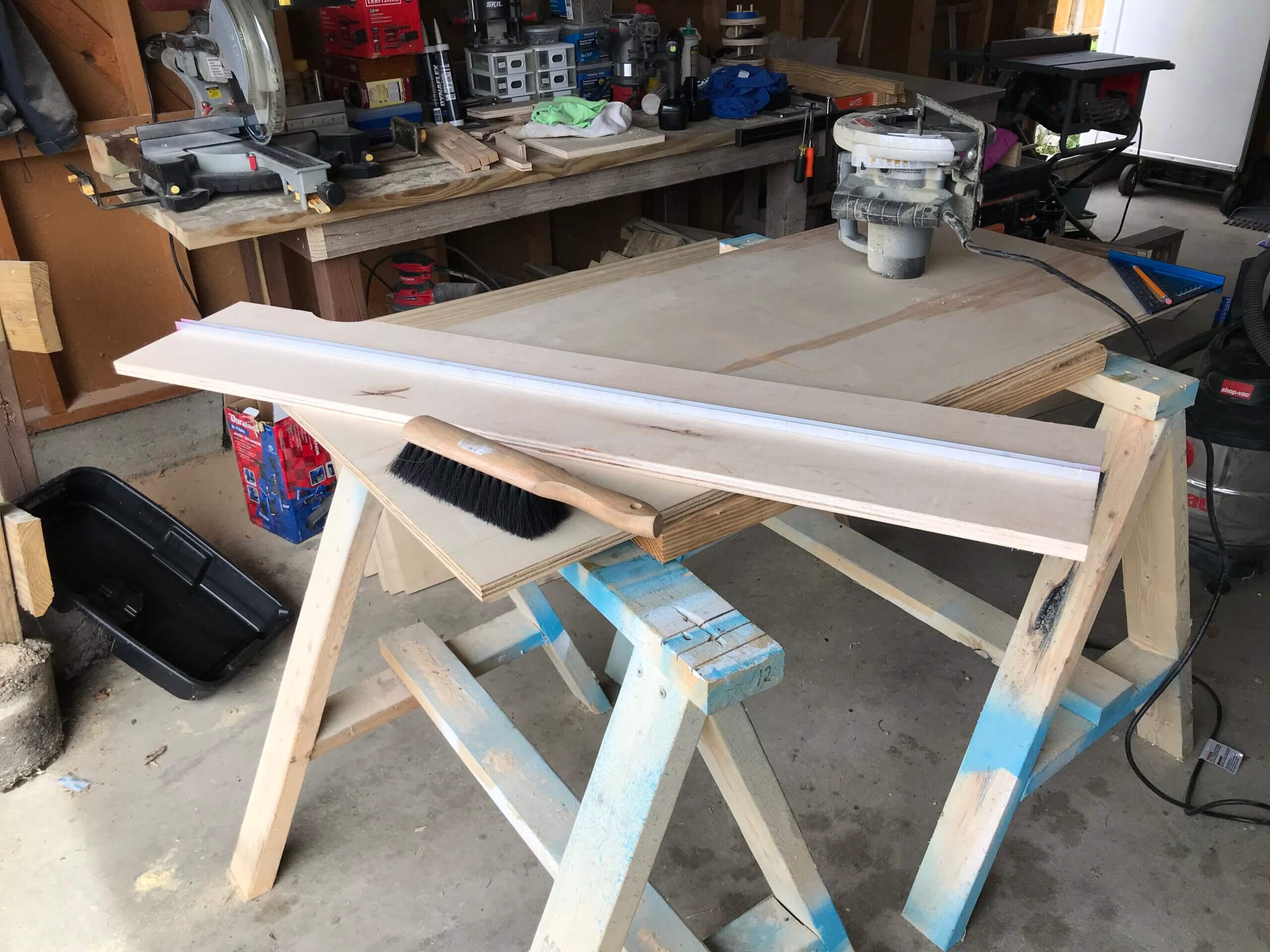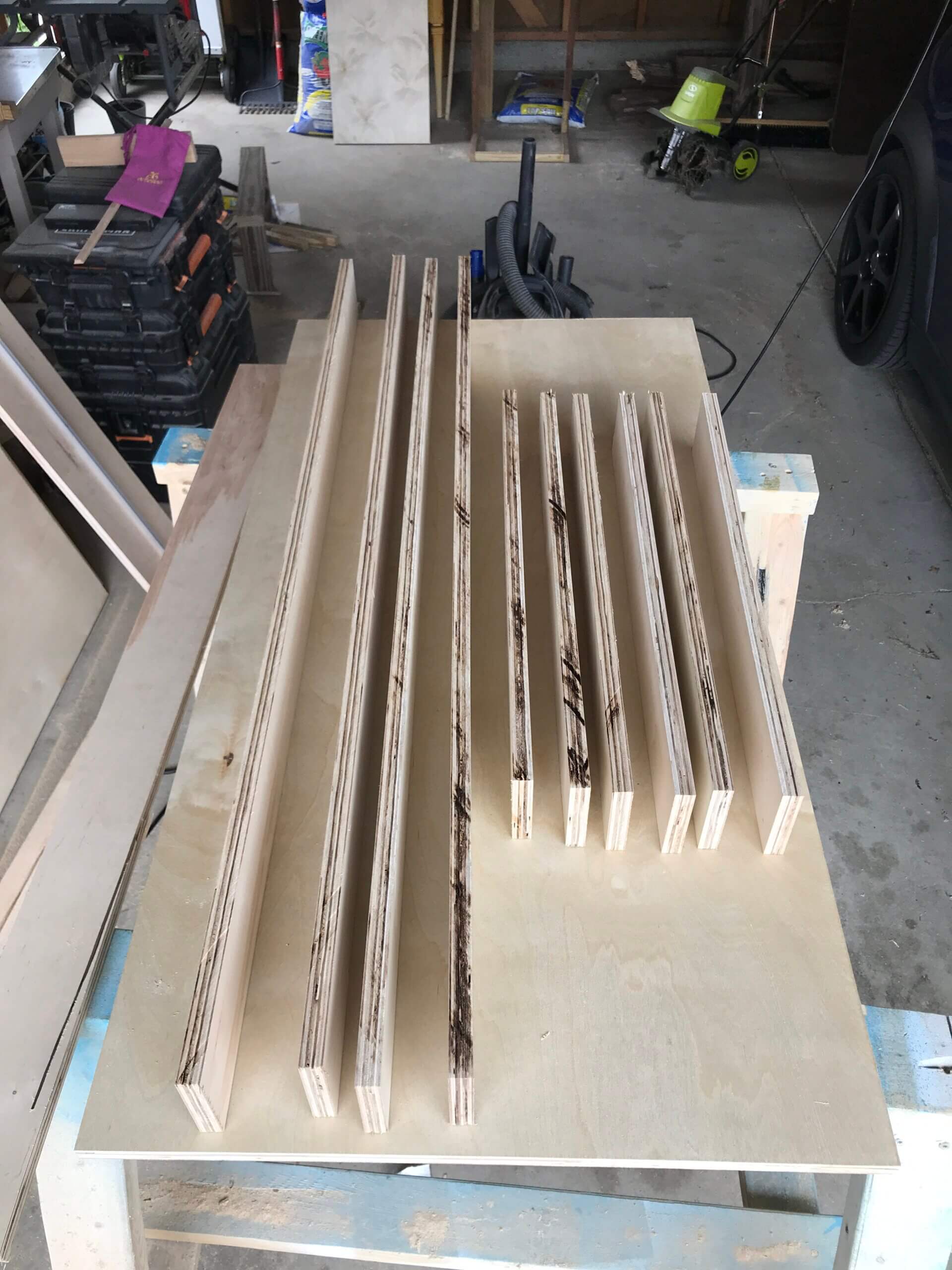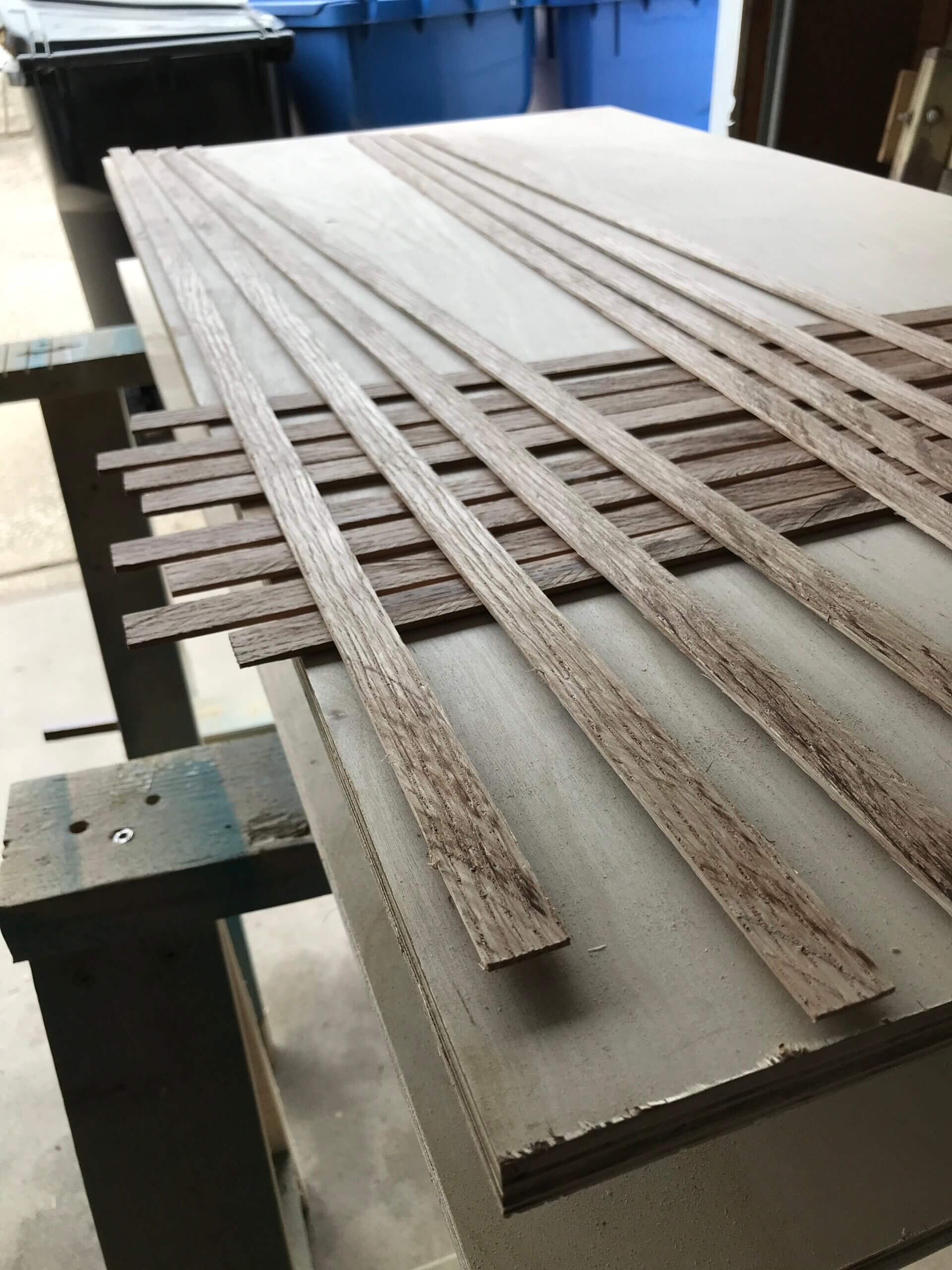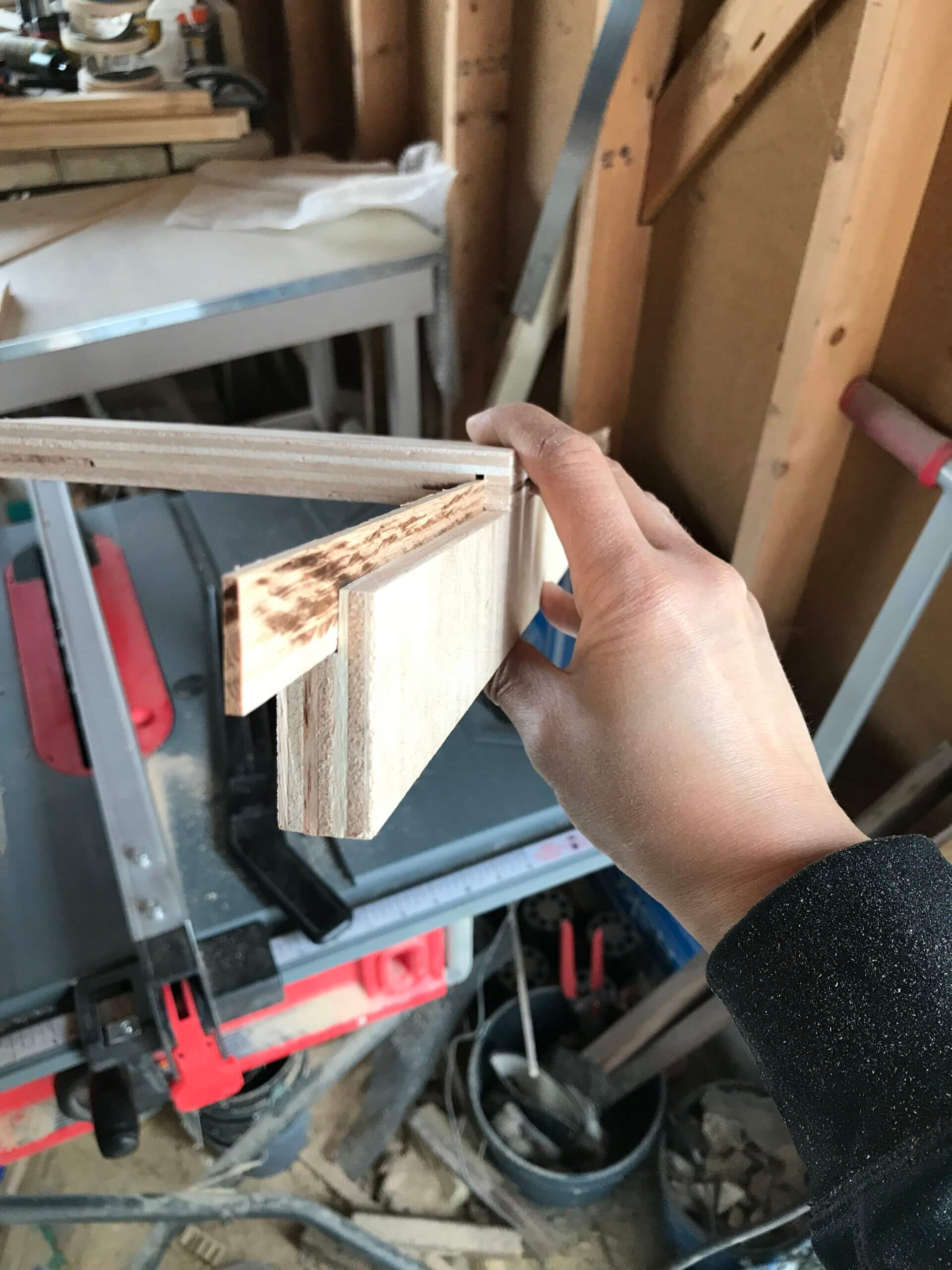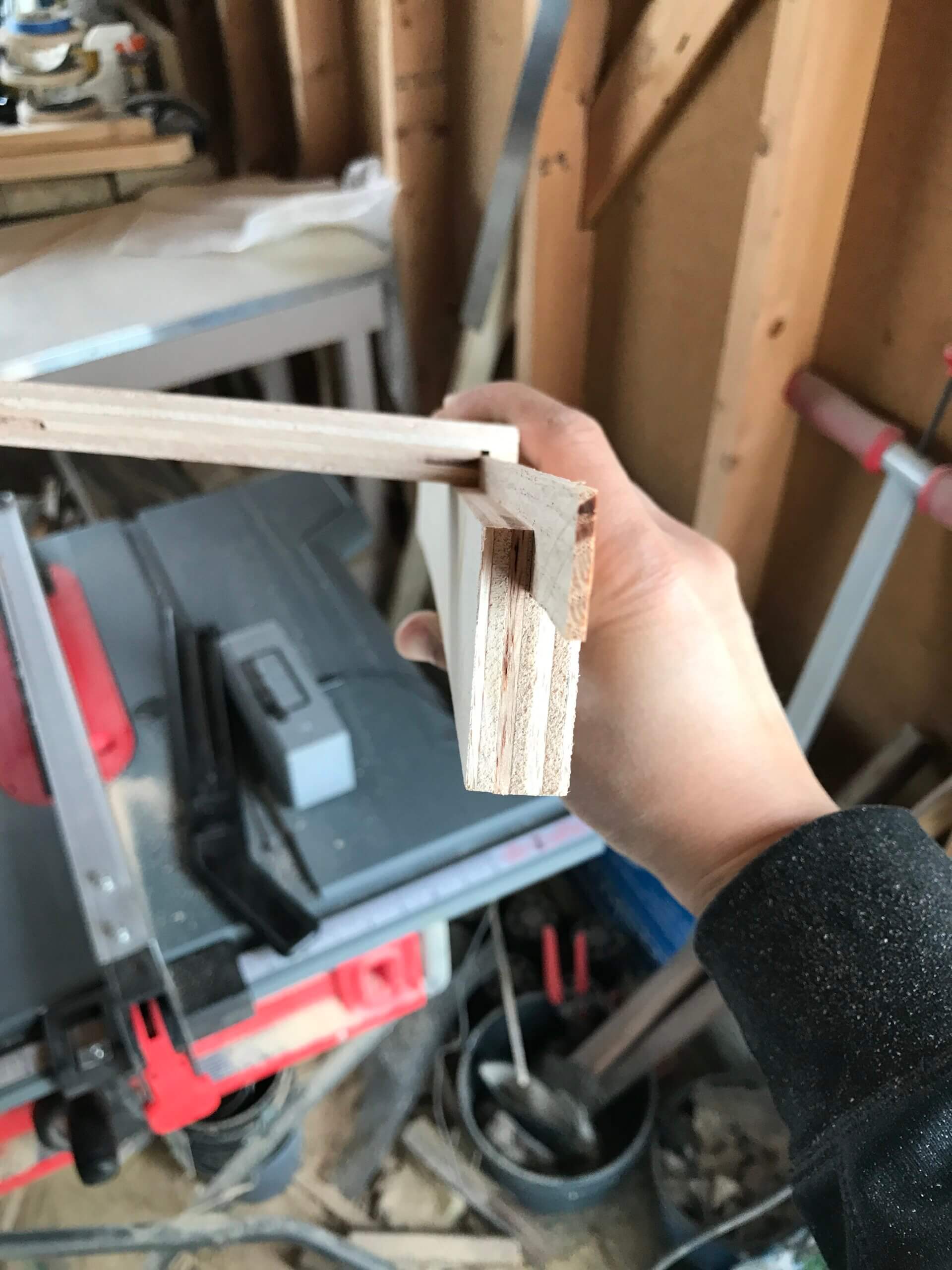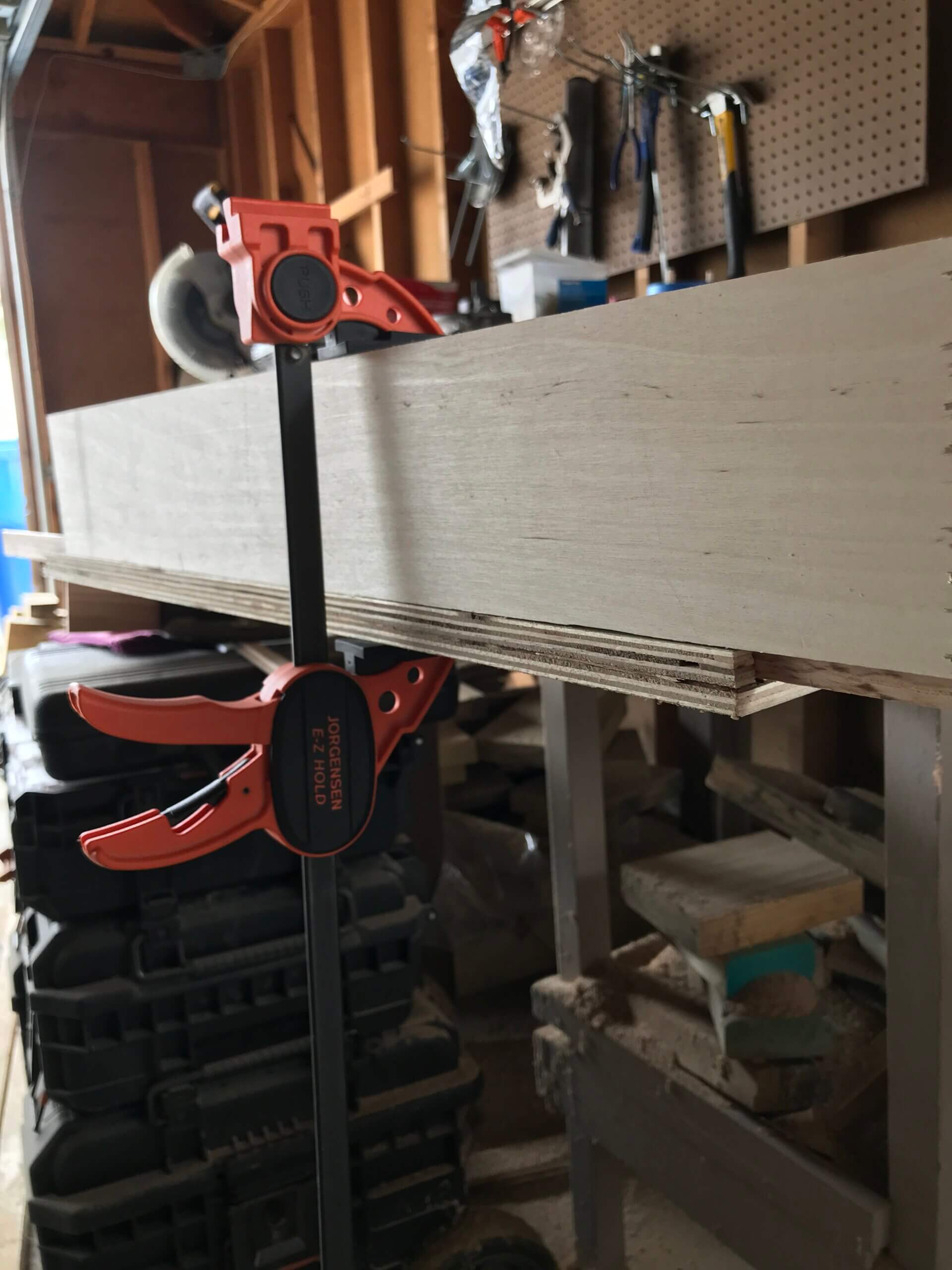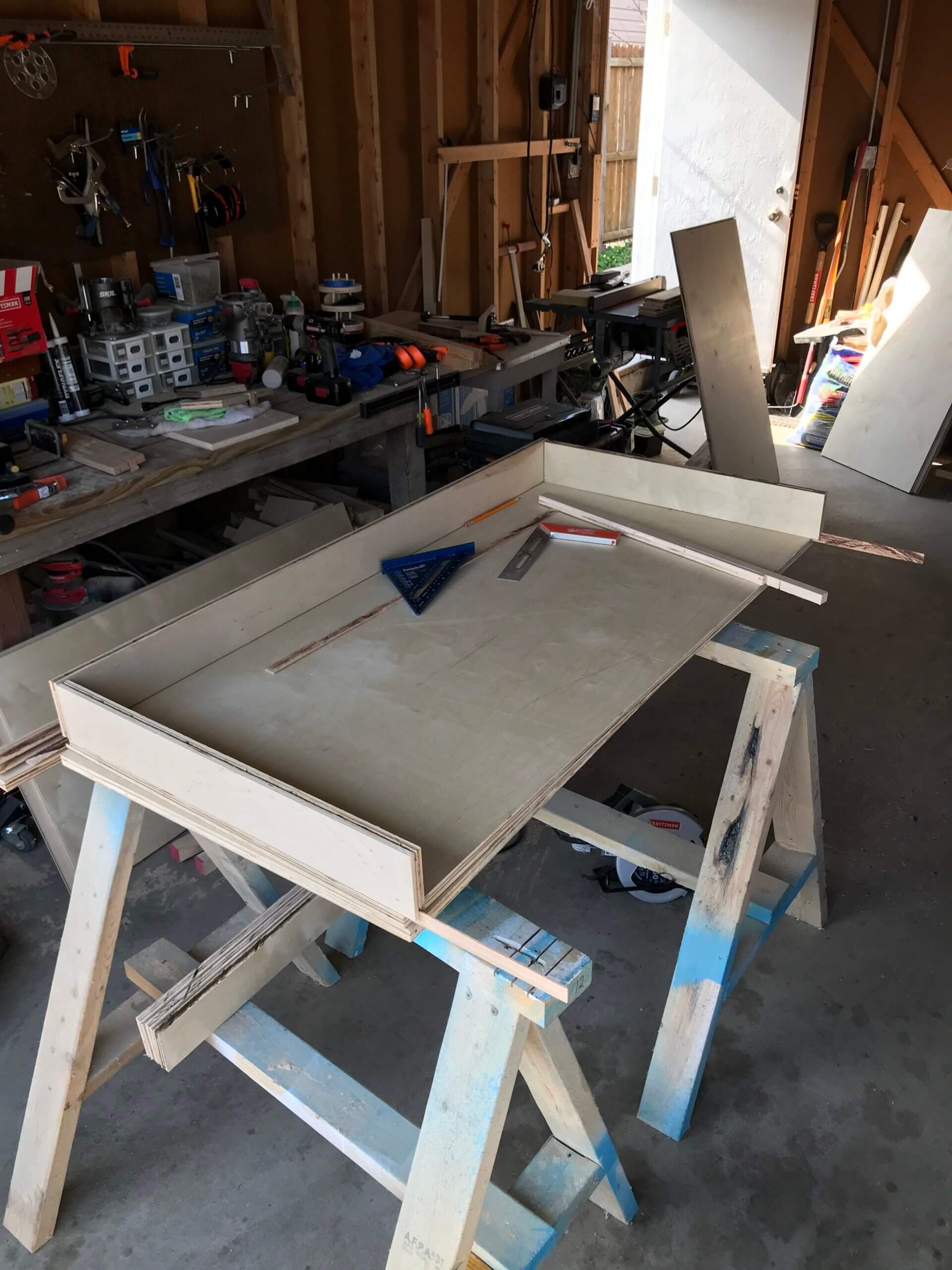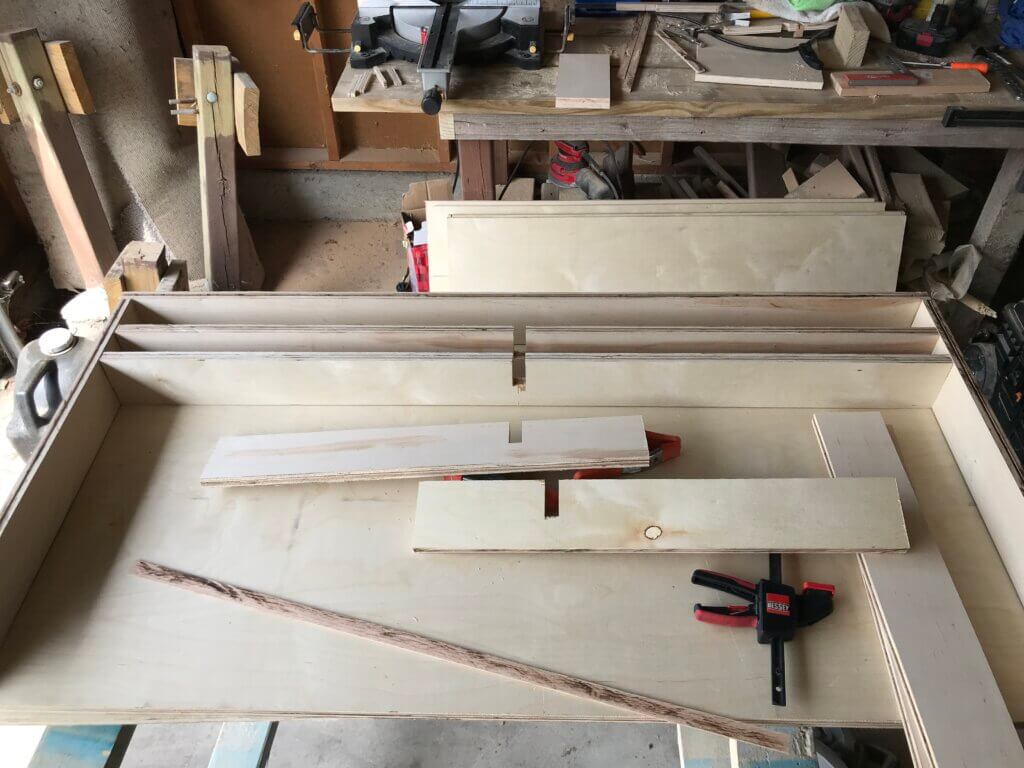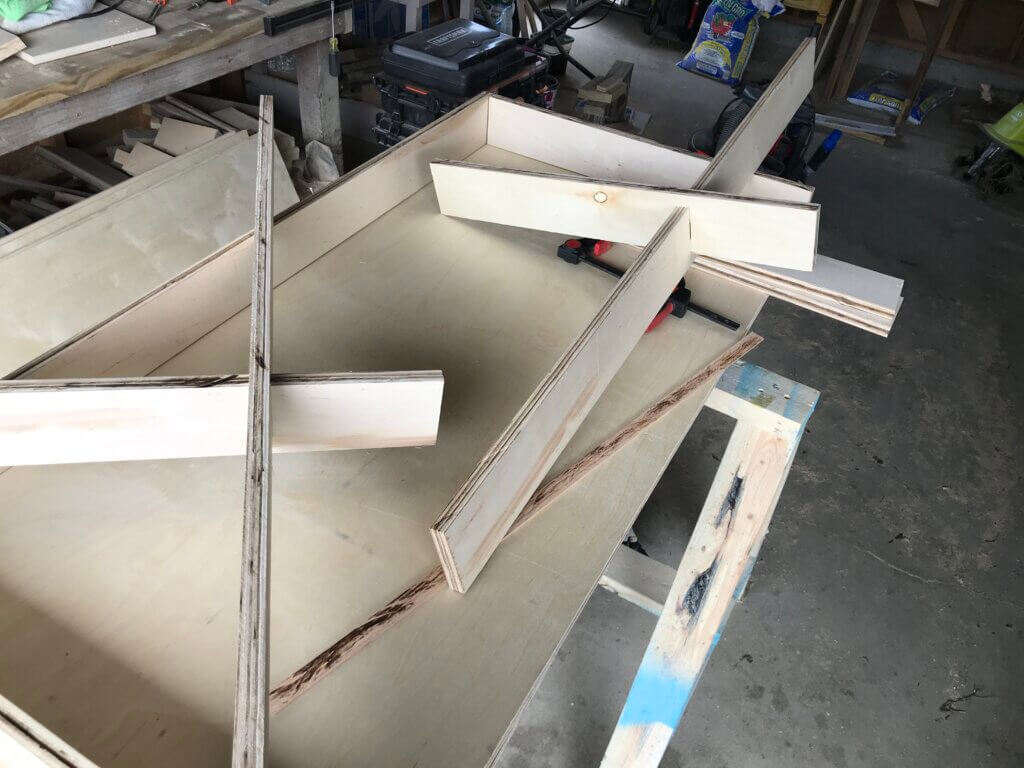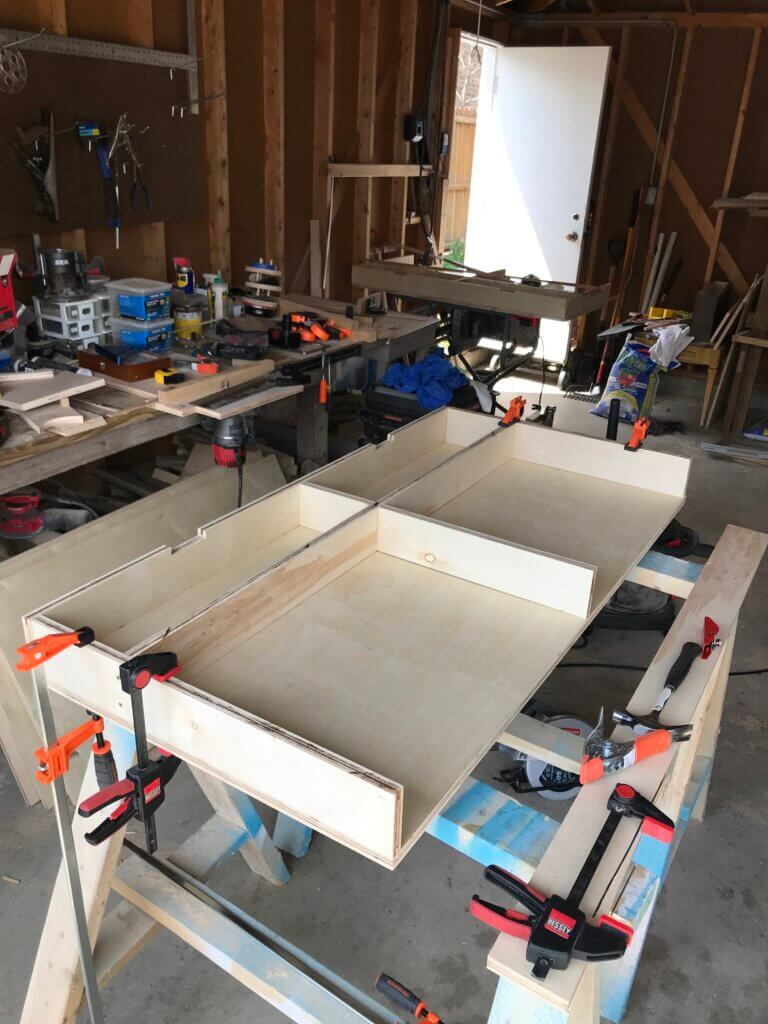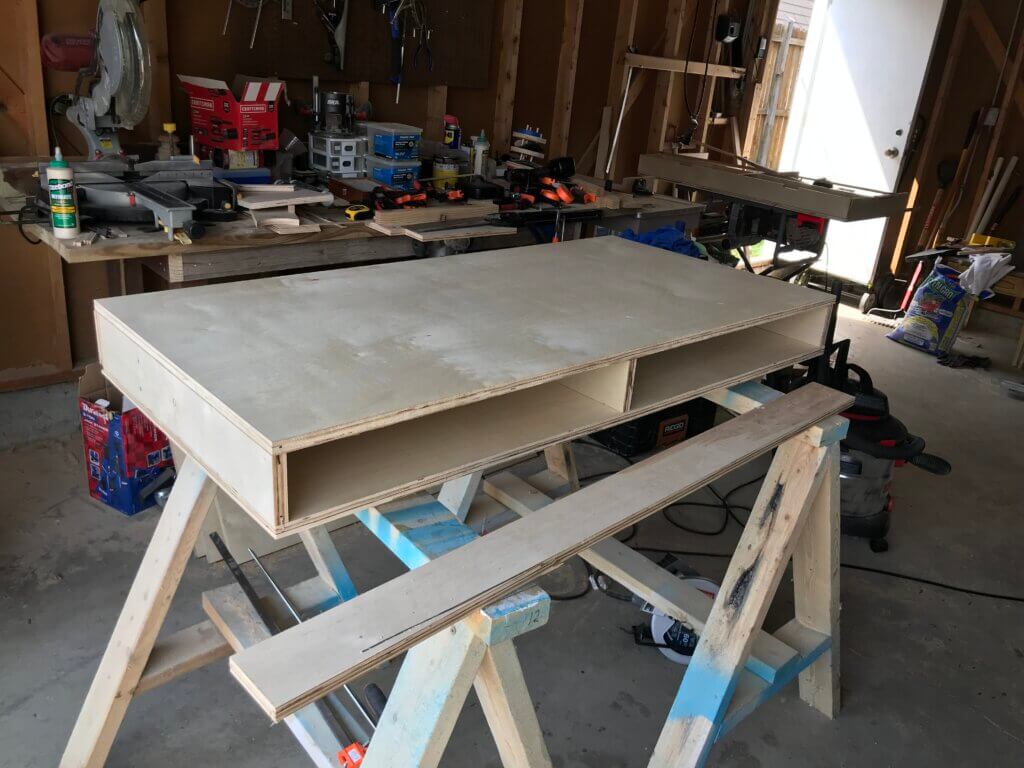Always wanted one of these lightweight C-tables for when I’m on my laptop and sitting on the couch. They also look like regular side tables when not in use so that makes it really appealing for me. I looked up how much these things are and damn, they’re either expensive! Let’s be real, though, there are a lot out there that look much better than the one I created. My issue is that most, if not all, are almost always too small so they can sell at cost, and while they do fit a laptop, I’d like to have a little more room for comfort.
Check out the photos of the final build below and if you want to see how I got here, read on!
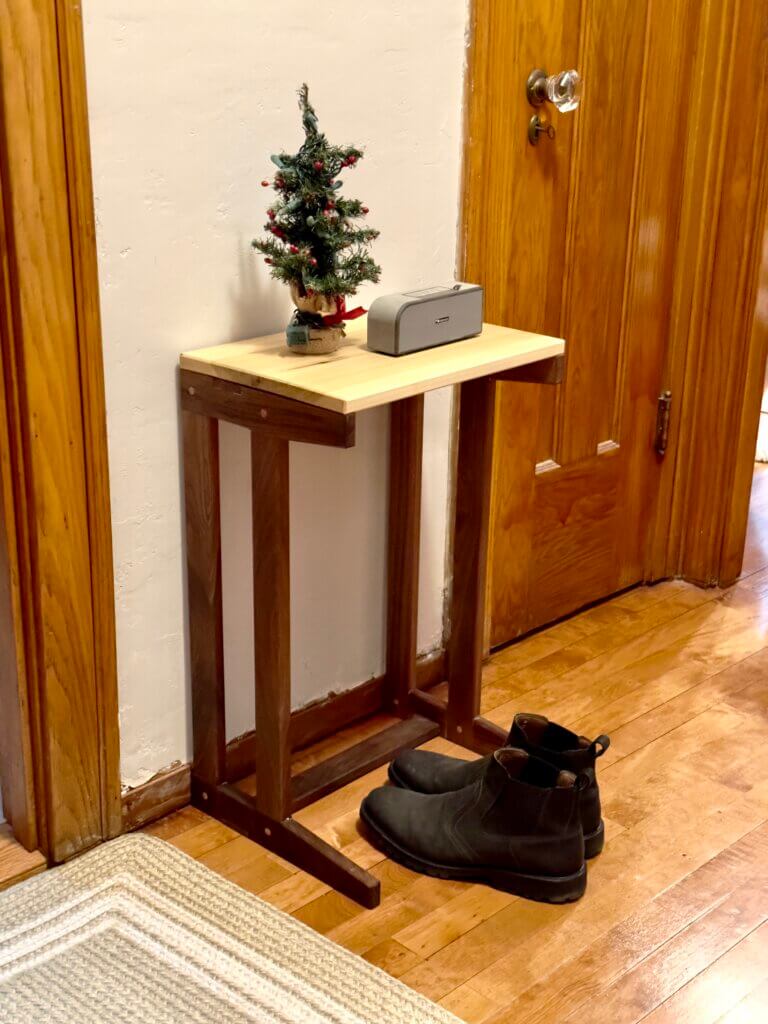
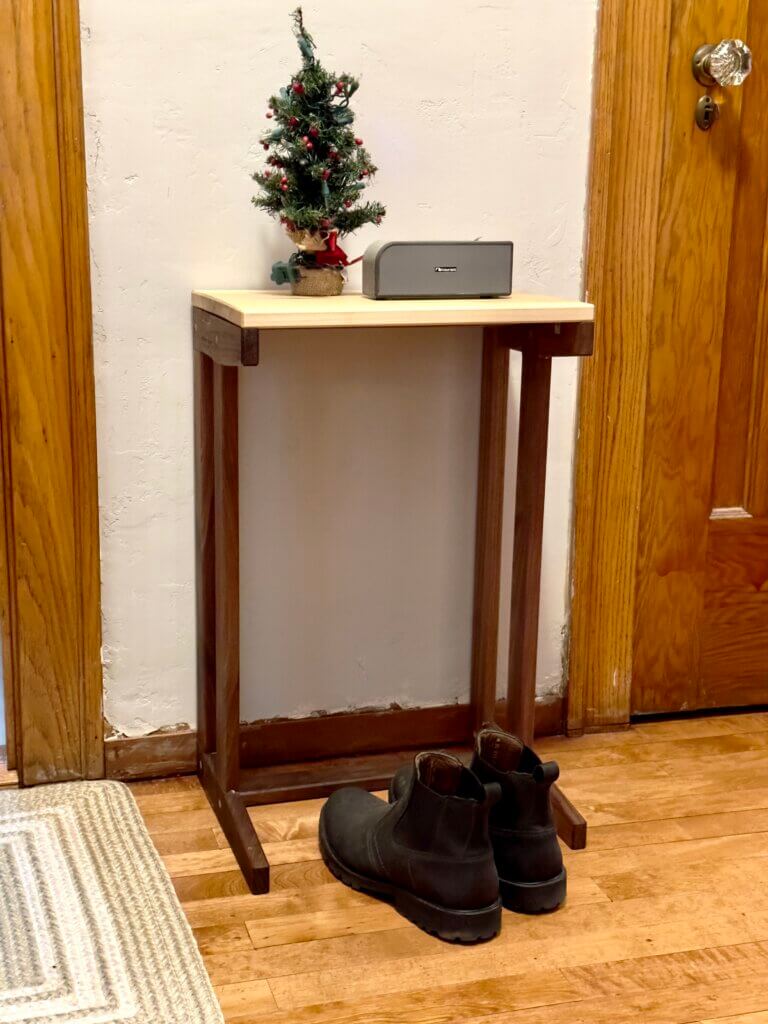
Version 1
I approach all my projects knowing that there will be a skill that I’m going to inevitably pick up from it, I welcome it. Whether the challenge is a new joinery or a new way to cut, whatever it may be, every project is an experience. In this case, the challenge is to create a table with very little wobble, keep it lightweight, and be able to support more that the weight of my arms.
My first prototype is a very straightforward design and checks some of the boxes, it’s a C shape, it has only two legs on one side, it’s almost the right height, but it was weak as fuck. This prototype got wrecked when I put the weight of my arms on it. Total rookie move.
Version 2
I added extra legs for stability. I’ve seen that design in a lot of commercially available C tables and wanted to see if it would add anything to it and it does!

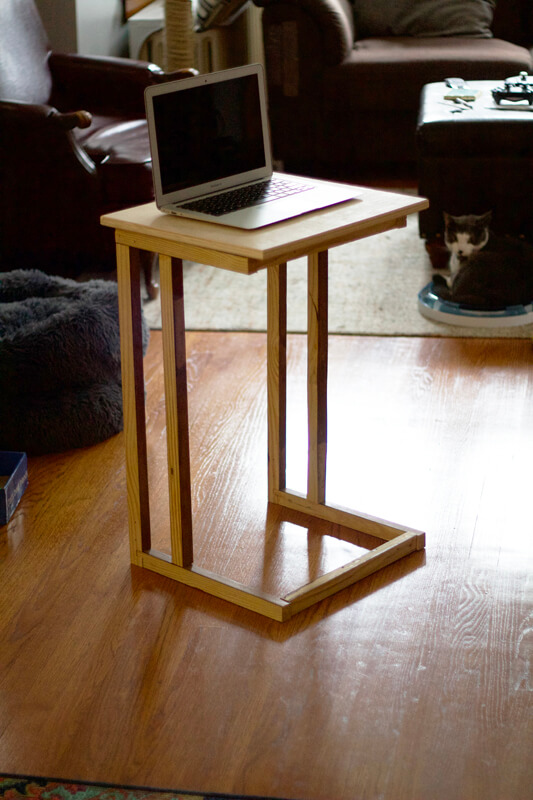
My second design was very functional but after the initial excitement of completing my first table, the look of it didn’t stand the test of time. While it was functional, it was also very basic. All in all, the original was a good intro to the C-table. By allowing myself to learn by making, I was able to push through and learn a lot more. The new one that I built not only look a lot better but it also kept the strength of the table to a maximum.
Latest version
I’m proudest of this latest iteration. To my surprise, my brother in law was actually impressed with the second version that he wanted one for himself. So it made for the perfect excuse to redesign and rebuild. Now, I can proudly say that this is my first furniture built with traditional joinery. It is the strongest one I’ve built to date.
